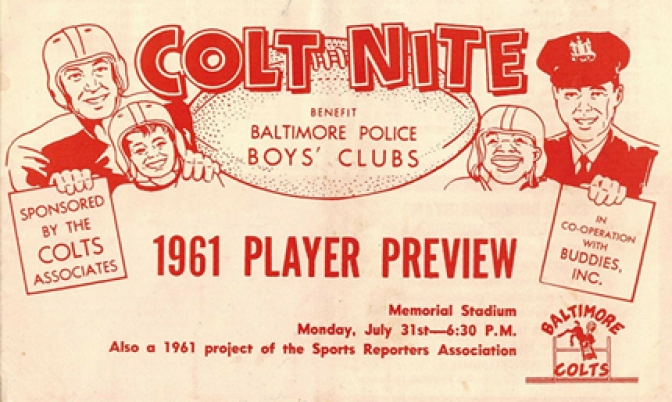
Baltimore City Police Boys Club
History if Baltimore City Police Boy's Club
Starting in 1944 and continuing through the 1980s, the Baltimore Police sponsored a Boys’ Clubs throughout the city with financial help from Buddies Inc. and a Baltimore Businessmen’s Organization. Policemen chipped in to buy sports equipment, and gave an abundance of personal time and attention teaching games, and giving talks about citizenship, civic responsibility, community relation, and police work. Buddies Inc. raised funds for events like Baltimore Colts Night, and a series of shows Called Up With The People and Baltimore Orioles games. The Shiners of the Bowie Temple in Baltimore joined in supporting the Boys Club in 1977 with a share of the proceeds from the annual Shrine Circus. The First Club was started by Southwestern District. All of the club’s numbering from 2 to 4 at various times were led by Police Officers and Police Cadets. Some boys went one to become cadets. In the late seventies, the department experimented with expanding the club to include girls the name was changed to Youth Clubs, but the idea proved unfeasible and was soon abandoned. Today the club said been replaced by the activities of the Police Athletic League or PAL.
Summer camps for hundreds of inner-city youngsters under 16, who otherwise would have spent their summers idly and devastated or dangerous neighborhoods, began in 1945 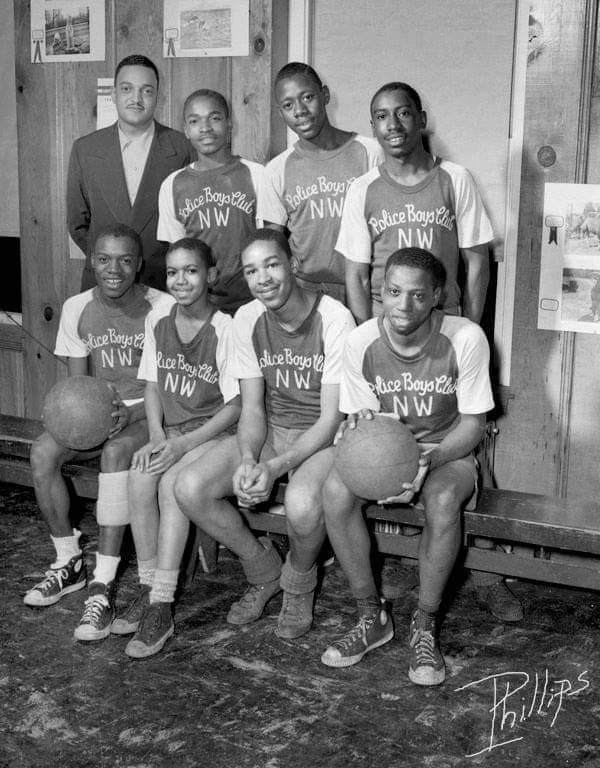 on land provided by the U. S Army at Fort Ritchie in Catoctin Maryland’s Mountains. The camps were extensions of the department’s work with the Boys Club. The founder of the camps was Captain William Heart, the first Commander of the Department’s Youth Division. When the Army Land was needed for military purposes in 1974 Commissioner Donald Pomerleau and the Buddies Inc. raised funds to buy an alternative site one route 23 at Deer Run in Harford County. The new location was named, Camp Walter Perkins for the founder of Buddies Inc.
on land provided by the U. S Army at Fort Ritchie in Catoctin Maryland’s Mountains. The camps were extensions of the department’s work with the Boys Club. The founder of the camps was Captain William Heart, the first Commander of the Department’s Youth Division. When the Army Land was needed for military purposes in 1974 Commissioner Donald Pomerleau and the Buddies Inc. raised funds to buy an alternative site one route 23 at Deer Run in Harford County. The new location was named, Camp Walter Perkins for the founder of Buddies Inc.
Sarah Callan worked for the department for 47 years before retiring in 1970, kept the books and handled administrative detail for the club and camps. Other key figures were in the league Vance, who helped with whatever needed doing in the early days, Major Patricia A. Mullen, who directed Police Youth Services in the 70’s and 80’s, and Sergeant Don Farley supervisor of the club and camp activities in the same., Period.
As a police and the Baltimore aerial council of the boy scouts of America have cooperated since 19681 programs presented by the scouts one law enforcement day. Each of the nine police districts as sponsored an explorer scout troop since 1944.
The department joined Federal, state, and county law enforcement agencies and hosting all day in March 1980. The event held at the inner harbor, featured a variety of law enforcement as if it’s, explanations of fingerprinting and its value, continuous motion pictures of the crime prevention, a helicopter demonstration, and rolls by the department’s mount unit, always a favorite of the public. Erik Estrada then starring in the television series ships up here did rash field to support the event.
A successful youth division program was created in 1978 by the department’s youth services division now if they use bureau. Teenagers who committed minor crimes like shoplifting join in 90 days of mandatory counseling with a use officer, who attempts to discover the youngsters' interests and a way to pursue those interest as a substitute for idle hands and idle time. The program provides a great deal more in just a warning and in it and I’m conditional release. It can, however, in appropriate cases and with a miscreants cooperation, of the lead the severity of juvenile court.
The southwest district commander of community relations section added A theatrical talks to its work in 1971 police Officer Charles L. Clayton Sr. Better known as buck Clayton with the support of district Commander Richard G. Francis became Charley the magic cop. Clean a recognize professional magician, began making appearances before school children, using is sliding and showmanship to teach safety, brotherhood, patriotism, added dangers of narcotic. The Baltimore police department participated through the 1970s and 1980s in annual Baltimore City fairs as both guardians of the peace and exhibitor of the law enforcement information.

Baltimore Police Boys Club members left to right Sonny Augustyniak, Butch Kotowski, Jim Galloway, and John Randle the Colts Allen “The Horse” Ameche and Claude “Buddy” Young in a training camp visit.

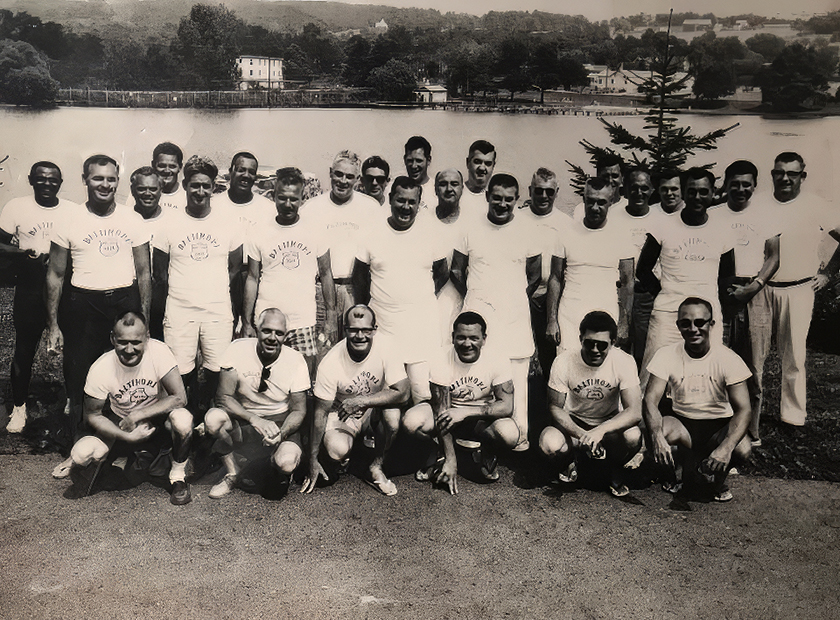
The Police Boys Club of Baltimore
The Police Boys Club of Baltimore is making valuable contributions in the struggle against juvenile delinquency. Calculated to meet the recreational needs of 8 to 18-year-old, club activities include athletics, sports, crafts, woodworking, and scouting. Each club is equipped with a library, recreation room, game rooms, and wood workshops.
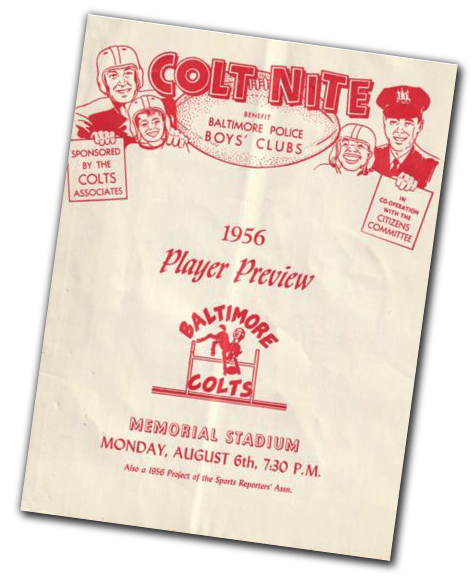
The clubs are located at the following:
Eastern, Police Boys Club - 1619 Bank St.,
Northwestern, Police Club - Calhoun and Gold Street
Southern, Police Boys Club - Patapsco and Olmsted
Southwestern, Police Boys Club - Calhoun and Pratt Street

First Police Boys Club Formed in Southwestern District
Proves Success
9 June 1944
Applying as a gauge the boys
Enthusiasm for the club and their readiness to become members. The Southwestern Police Boys' Club. the first of several similar clubs to be established in various sections of the city under the direction of the Baltimore Police Department. is already a success far beyond the hopes of its founders. The club's memberships large enough at its beginning a scant two weeks ago. is growing by leaps and bounds. With facilities to comfortably accommodate approximately 100 boys more than 400 were signed members on the opening night. That list has grown to over 550 and more applications are pouring in each day. Officials in charge of the organization said.
Fills Need for Fun
Originally founded by the department as a weapon in its fight on juvenile delinquency, the club. which is installed in the specially renovated third floor of the station house at Pratt and Calhoun streets. has a fertile field in which to work. since that, thickly populated section of town has no recreation for its hundreds of children other than the streets. The clubs' plans. of course, are still in the formative stage. but its athletic program. which is under the direction of Officer.Joseph Epplier a former football player and bicycle racer. is ample proof of the need of such a work for boys of that area.
Except for baseball. which l guess every kid knows a little something about."Epplier savs." We practically have to teach nearly every lad who comes to us how to play. For the most part, these kids don’t even know the rudiments of even the simplest games like, say ping pong
Boys Are Willing
"But they are more than willing and are taking the sports like ducks to water. I took a batch of our new baseball equipment to Carroll Park the other day and the gang nearly mobbed me grabbing the gloves and bats in their eagerness to get a game going Epplier got the same reaction When he called for volunteers to man a track team which would represent the club in its first taste of outside competition in the All-For-Glory track meet held by the Department of Public Recreation at Carroll Park last Tuesday. Seventy-five boys showed up for the tryouts the Saturday previous to the Fourth. Epplier ran them through several qualifying heats and whipped some 65 of them together as entrants for Southwestern.
Win First Meet
Not only did the lads of the club practically make the meet-they had the largest single entry list but they also ran off with the majority of the honors. placing more firsts seconds and thirds than any of the other groups entered. Donald Bokman stepped off the 100-yard dash for 10-11 Years for the club in 14 seconds and Phillip Weinreich and Rollins Johnson placing second and third. Added points to the club's final record. Little Bill Cammarata in the 12-13 age group covered the same distance for the club in one second less than Rokman and again club members in Bob Peed and Bob May followed him in the next two positions.
Bill Reis Donald Blurb and Bill Rawlings. all three clubbers captured The 14-15 group lOO·yard dash in that order. The boys of the club chalked up the honors in the 60-yard dash for 7-8 and 9 years as well. Eddie Grap hit the tape first, followed by Larry Smith and Roy Singletary.
Plans For Winter
While Lieut. Fred Glock. Who heads the club. and his assistants have their hands Full at the present getting the club moving smoothly. they are not too busy to think of the future. When the summer months are over the club expects to turn to basketball and boxing and wrestling For these latter sports Glock hopes to find sufficient talent in the department but if it isn't available there outside experts will be asked to help out. For purposes of competition, the boys of the club are divided into four groups. the midgets for boys from 8 to 10 junior, 11·12. Intermediates 13·16 and the seniors 16·18 The station resounds with The voices of about 125 boys each night. In addition to its outside athletics, the club contains pool tables. ping pong tables and games of a wide assortment for the boy. Other facilities include a well-stocked library, paneled in knotty pine and constructed by the policemen and a wood-working shop. equipped with power-driven tools. The club is open daily from 4 pm to 9 pm

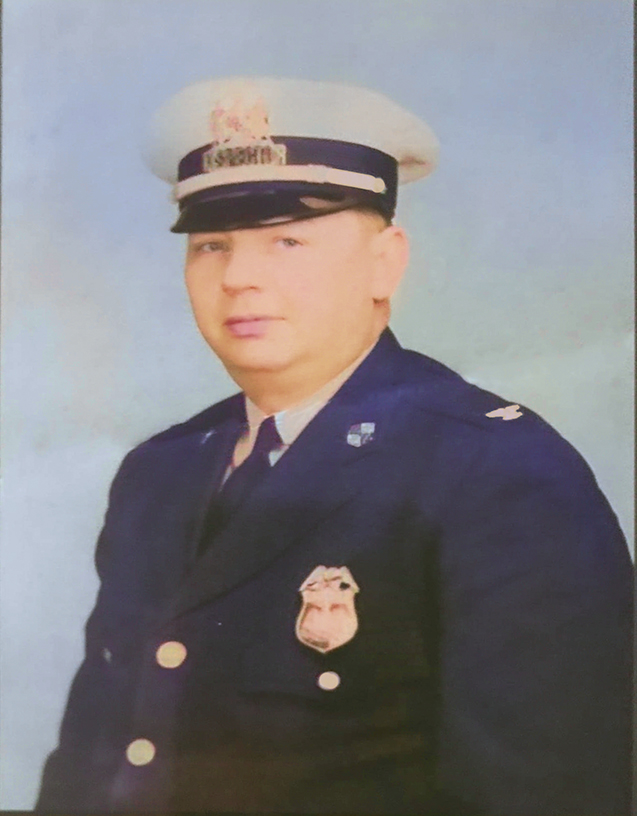
Inspector John R Schueler
Heads Project
The overall program of the department is under the direction of Inspector John R. Schueler as chief of the Juvenile Protection Bureau William L. Hartung who has been serving in the Bureau of identification and who has been connected with local athletics for many years, is assistant to Schueler. Other officers in charge of special phases of the club are Fred Elgert who does most of the paperwork and Charles B. Gerick. The entire cost of equipping the club which amounted to $1500 was donated to the Southwestern by the Variety Club of Baltimore, Tent No. 9.

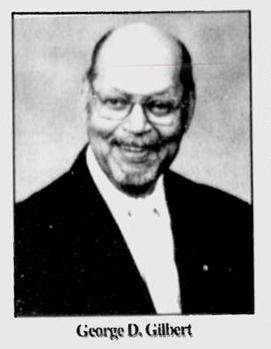
George D. Gilbert, 23 Years
Northwest Baltimore Police Clubs
George and the Gilbert of the Baltimore police department, who gave 23 years of service as club’s director, athletic director, club driver and rifle instructor of the western police boys club were eulogized at services 5 March as sharp street memorial United Methodist church. He was a 76 and died suddenly on February 28 new paragraph Robert Johnson, president of Douglass high school class of 1937 recalled fond memories of the deal when they attended the school’s 60 if reading in last June and Hal he was a good citizen and love helping youth. A resolution by Frank Ballston from the Maryland house of delegates also attested to his years of community service.
Jordan D. Gilbert was born January 20, 1920, at Johns Hopkins hospital the oldest of three children of Harry beacon Gilbert and Janie Jenkins. He was the grandson of Harriet Murphy Gilbert, one of five daughters of John H Murphy a senior founder of the African American newspaper and Harry Dion Gilbert. That’s an Afro printer he was responsible for an opening presses from the early flatbed press to the later Goss presses.
Harriet Gilbert Matthews, daughter of gymnastic Gilbert lane, gave in the family tribute to her uncle citing him as a father, brother, husband, grandfather, protector, and lover of children.
Gilbert is a graduate of Douglass high school and attended Morgan state college before world war two interrupted his schooling. His army service started in 1941 and closing service at camp Claiborne Ft Belvidere and Camp Gruber. After discharge in 1953, he worked and Social Security taking accounting and economics at Cortez Peters business school
He sort of service to the Baltimore police department in 1953 and worked the western district police boys club to 1958 and tools retirement in 1976. Poll web. Department of Recreation and Parks recall Officer Gilbert improve the lives of the young boys she came into contact with one gold street in the sand town area and Hauser sports and personal sacrifices proved to be a positive influence in many lives
The Rev. Dr. Bruce Haskins delivered the message of hope and Morse Queen, minister of music a Sharp Street gave an organ solo, “you’ll never walk alone”
He is survived by his wife, Ruth and order deal sister semester three stepchildren, six grandchildren. Pallbearers include Henry David’s Michael Robert and Matthew its and it wasn’t Woodlawn cemetery with funeral arrangements by march funeral homes west

Bring Back Police-Sponsored Boys Clubs
When my brother, Frank, and I were growing up in Baltimore City on South Calhoun Street we were both charter members of the Southwestern Police Boys Club on the third floor of the police station at Pratt and Calhoun streets. The club was run by full-time policemen and had an indoor basketball court, boxing ring, pool tables, ping-pong tables, a woodworking shop, a Boy Scout troop, and a TV room. I believe it was open six days a week and closed at about 9 p.m. In the summer, we would go away to Camp Ritchie for one or two weeks. I believe the cost was about $6 per week. We also had baseball teams and football teams.
As I look back on those happy times spent with my friends at the Boys Club and the devotion those policemen gave to helping us boys, I feel that that experience was a major factor in our growing up the process. I wouldn't trade it for anything. Back then, my brother and a friend of his got interested in ham radio and crystal sets while participating at the Boys Club. He eventually became an electrical engineer and a valuable employee at Bell Labs. He is now 81 years old and lives in Massachusetts. I loved to play pool and ping-pong and leaned toward the business side and became a Certified Public Accountant. I am 77 years old and live in Nottingham.
It baffles me as to why we don't have similar clubs to help the youngsters today. When we came home from school, we headed right for the Boys Club until supper time. Our parents knew where we were and that we were in good hands. I realize these are different times in which we live but the basic principles are still there. With a few adjustments, we could do it again. Our father was a retired police sergeant in Baltimore City, and I want to thank the policemen who devoted their time and talent in molding us kids during the early years of our youth. We respected them and they were our friends. I hope this might encourage officials in Baltimore and Baltimore County to rethink the idea of closing the Police Boys Clubs. They did and do make a difference.
Bob Witt, Nottingham
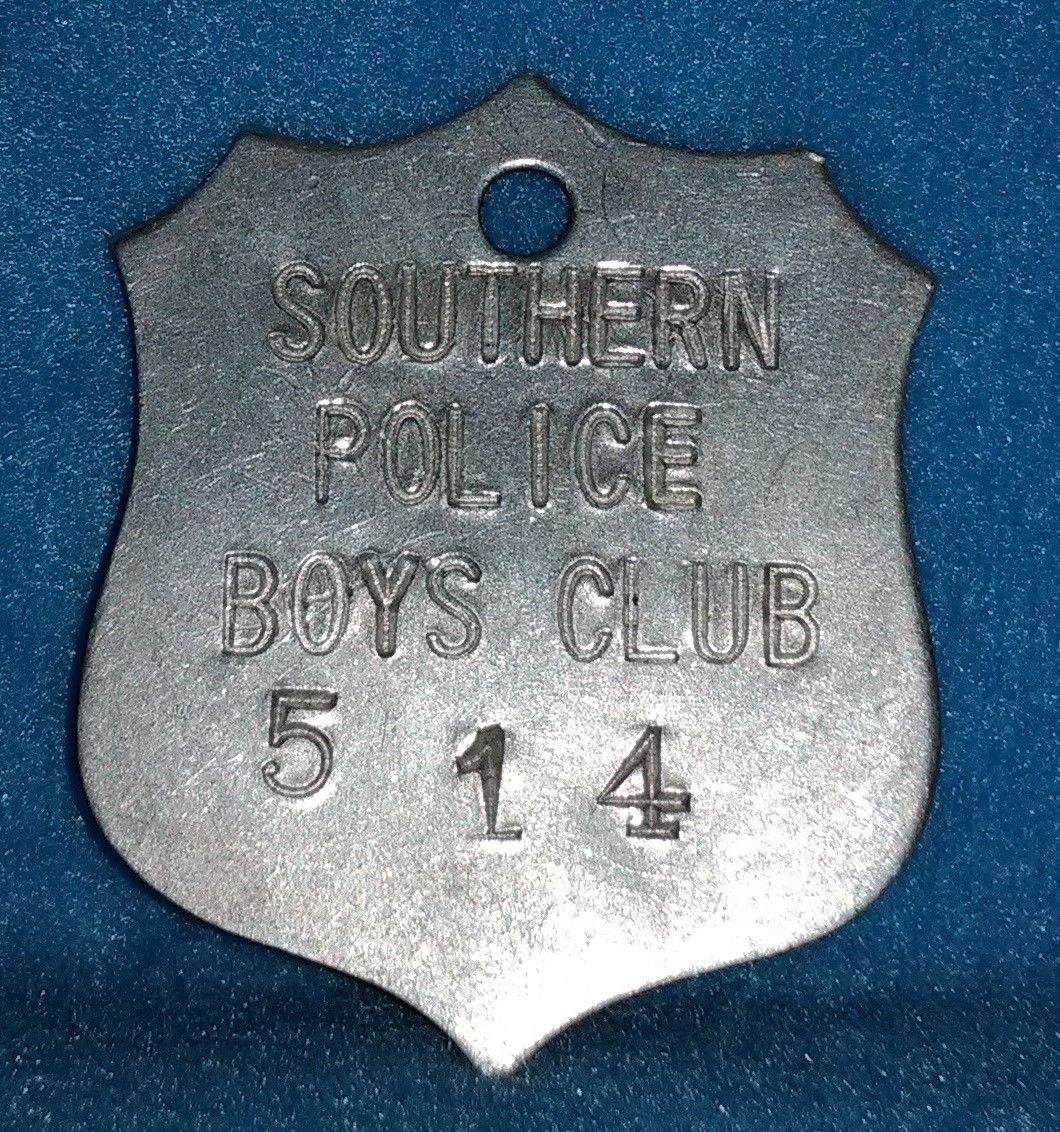
Retired cop defends Baltimore police Athletic League
As the Baltimore Police Athletic League prepares to end because of budget cuts and transfer centers to the city's Department of Recreation and Parks, community activists, residents and others are starting to rise up. I got this e-mail from retired Baltimore police Lt. Osborne B. McCarter:
It has been quite some time since I talked to someone from the media, but after reading your article and reflecting on my 32.5 years as a public servant with the Baltimore Police Department, connecting with the present situations that are occurring, I can only conclude that the powers to be, has finally gotten their wish.
Peter, as the last Operation Lieutenant running The PAL program and in furtherance of my professional career I elected to become a commander as a Deputy Mayor, I have been either directly or indirectly involved in four youth programs that have met some form of demised because of politics within the City of Baltimore.
First was the Boys Club, then The Explorer Program, followed by the Walbrook Academy, now the P.A.L. Each program fostered a partnership between cops and kids, it was an investment being made in our youth and the feature of our city. I challenge anyone who has been involved with any of the youth programs to state differently.
For example, let's look at the Northeast District. But first let look back to the inner parts of the city where thousands of residents were displaced, like the construction of a highway to nowhere, built from Pulaski Street to M L K Blvd. so that workers at SS building could get into the city faster and get out at the end of the tour of duty quickly, then there was the implosion of the High Rises all of those residents were displaced throughout the city some into areas we officers used to call "Country Club Districts."
But as the displacement occurred so did the crime, crimes such as vandalism and graffiti, were all too common in areas once consider crime free, compared to some districts where a part one crime was expected at least one per day if not one per shift per sector.
The Goodnow area of the Northeast soon fell victim of the vandalism and graffiti followed by street robbers, gang and drug activities. The Goodnow PAL center which started off being a 7-Eleven closed not too long after opening, because of the crime in and around the store. Mrs. Army Mock, Sgt. R. Gibbson, Officers Lorie & Creg dedications and support from the community soon turned that area around from one of Blight to being one of the premier centers in the city. Thanks to the partnership between Mrs. Mock, Police Commissioner Thomas Frazier, Officer Lorie, and Officer Craig.
But who really benefited from what when on at the center? first were the kids from the community, then the community, its citizens, and the city benefited from the partnership that had been fostered between kids and cops. Well, O'Malley finally got his wish. Hermann, I pray that the youth of the city become enlighten as to the overall goals of the political official who are eliminating avenues for kids to avoid at-risk behavior and that voters see that as programs are being eliminated for the youth that there are more detention facilities being build and slated to be built. One can only conclude that the youth of the city are being targeted. I am thankful for having touched thousand of lives positively in one way or another over the 32 1/2 years of service within the Police department.
In Memory of Police Officer Troy Lewis Jr. who was a true and dedicated PAL officer died March 28, 2009.
Retired
Ob-X-50

Baltimore Police Honor Retiree
Sgt. James Dixon a Former Member of Montford Marines
Receives Congressional Gold Medal
BALTIMORE —A 33-year veteran of the Baltimore City Police Department brought home the highest civilian honor that can be awarded to an individual -- the Congressional Gold Medal. Sgt. James Dixon was a member of the Montford Marines, the first African-Americans in the U.S. Marine Corps. Between 1942 and 1949, about 20,000 black Marines were trained at Montford Point, N.C. In June, they were honored with the Congressional Gold Medal. On Tuesday, Dixon, who is now retired, was one of those honored. He brought his medal to the Baltimore City Police Department. "I wanted to say thank you for all you've done for the city of Baltimore and the United States of America," BCPD Acting Commissioner Anthony Barksdale said. Dixon's friends and fellow officers were also there to say thank you. "I really just love the guy. He was so intelligent, told great stories. He was just a tremendous police officer, a tremendous sergeant. Everybody loved him," retired BCPD Sgt. Alan Yeater said. "Sgt. Dixon was like a father-figure to us. It was a home away from home at the Western Police Boys Club," friend Terry Hall said. "He just treated everybody so well. He made you want to come to work. He didn't want to leave. He hated to take a day off," said retired BCPD Lt. Fred Roussey said. "He was just a terrific supervisor, a terrific man." Dixon served with the BCPD from 1954 to 1987, and he's seen a lot of changes over the years. "It's been an honor being in the Corps. It's been an honor being in the Police Department. I did 33 years in this Police Department. Trials and tribulations we've been through, but we've succeeded, and I see the results of our work," Dixon said. Do you know a local policeman, firefighter or military member that's being honored?
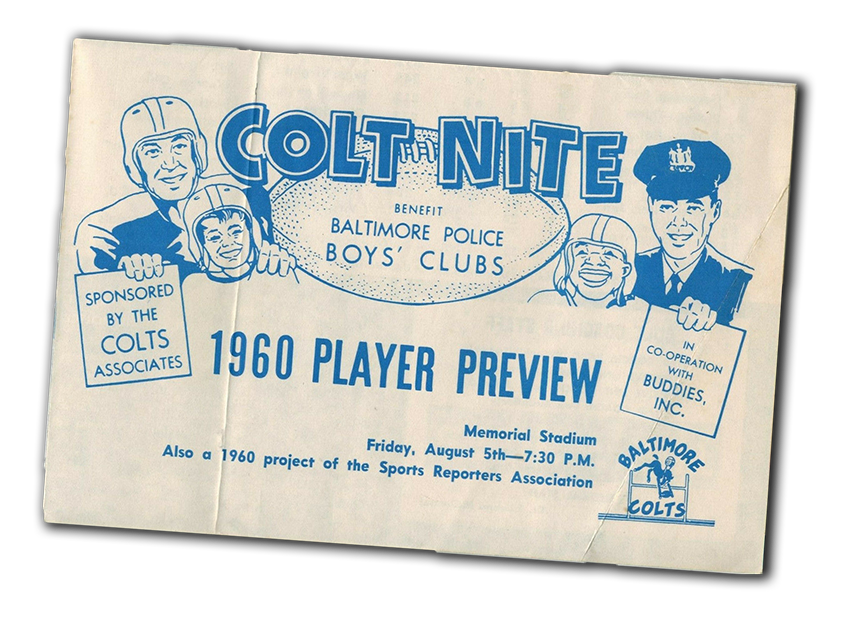
Baltimore Police honor sergeant who served amid segregation
Dixon remembered as a trailblazer for blacks in the police force
July 17, 2012, |By Nick Cafferky, The Baltimore Sun
James Dixon joined the Baltimore Police Department in 1954 as a black officer in an era of widespread racial prejudice. Police posts were segregated and blacks were not allowed in patrol cars
On Tuesday, a quarter-century after he retired as a sergeant, Dixon returned to the department for a ceremony to honor his service and thank him for his role in helping the department through a time of social change. Dixon, 77, was given a BPD hat and coffee mug.
"I think today was really good for him because I don't think he realized how far the Police Department has come," said Derrick Dixon, James' son. "So for him to come out here and see a lot of Afro-American officers and commissioners, I think it blew his mind.
"I think now he realizes a lot of the things he did for the Police Department and a lot of first-time things he did for blacks and realizes what it led to," Derrick Dixon said.
The segregation in the police wasn't anything new for James Dixon, after his service in the military.
He was one of the hundreds of Marines from Montford Point, an all-black boot camp in North Carolina, to receive a Congressional Gold Medal last month.
"This was something I never expected, although the Tuskegee Airmen got theirs, so we shouldn't have been very far behind them," James Dixon said. "This is something I will cherish for the few days I have left in my life. But this is something I'm going to have framed and hung on the wall."
Dixon served in the Marines from 1944 until 1946, but his placement there was itself a stroke of luck. Drafted by the Navy, Dixon was willing to go to prison rather than join a unit where he was forced to serve food or swab decks like other blacks who were in the Navy during that era.
"I [said] that if I was put in the Navy, I was going AWOL because I wasn't going to serve any food or scrub any decks," Dixon said, teary-eyed. "Had I been put in the Navy, I would be in jail now. I'm not a servant."
Much has changed since then, but the department has not forgotten Dixon's contributions, said Acting Commissioner Anthony E. Barksdale.
"He's stood strong through all of it. And look at him. Still shining; still standing strong," said Barksdale. "He's giving me advice and telling me stories that are making me happy that I'm wearing the same uniform that he used to wear."
This email address is being protected from spambots. You need JavaScript enabled to view it.

Since the doors opened at the former Southwestern District Police Station house on July 17, 1884, the square brick building at Pratt and Calhoun Streets has served the city in many different ways. When construction on the new building began in the fall of 1883, the Baltimore Sun claimed the new Southwestern district police station would "surpass in size, elegance and completely of arrangement any police building now in the city, and, indeed, it will have few equals in the country."
Builders Philip Walsh & Son and architect Frank E. Davis completed the three-story building with room for 47 officers. The men had been reassigned from the southern and eastern districts to serve under of veteran police officer Captain Daniel Lepson who led the brand-new district.
In the summer of 1944, Baltimore's first police boys' club moved into the upper floors, serving around 120 boys from 8 to 18 years old every day during the first few weeks after they opened. With donations from a local social club, the officers converted the station's third floor gymnasium into a "big clubroom," described by the Sun as, "filled with tousle-haired boys noisily pushing at billiard balls, fashioning B-17's out of wood, nailing magazine racks together and eying each other craftily over checker games." The city started four boys' clubs in the 1940s, with a segregated facility for black children at the Northwestern District Police Station on Gold Street.
Both the officers and the Boys' Club departed in 1958 when the Southwestern District Police Station relocated to a modern, air-conditioned facility at Fonthill and Hurley Avenues. Following close on their tails, however, were the men and dogs of the department's K-9 Corps who moved their official headquarters from the Northern District station to Pratt Street.
Unfortunately, by the late 1970s, the building fell vacant. The Maryland Department of Social Services renovated the former police station in the early 1980s. When they left, the building fell vacant again. Today, the structure is deteriorating and remains at risk until a new use for this often reinvented building can be found.
Original found here

Bring back police-sponsored boys clubs
July 11, 2013
When my brother, Frank, and I were growing up in Baltimore City on South Calhoun Street we were both charter members of the Southwestern Police Boys Club on the third floor of the police station at Pratt and Calhoun streets. The club was run by full-time policemen and had an indoor basketball court, boxing ring, pool tables, ping-pong tables, a woodworking shop, a Boy Scout troop, and a TV room. I believe it was open six days a week and closed at about 9 p.m. In the summer, we would go away to Camp Ritchie for one or two weeks. I believe the cost was about $6 per week. We also had baseball teams and football teams.
As I look back on those happy times spent with my friends at the Boys Club and the devotion those policemen gave to helping us boys, I feel that that experience was a major factor in our growing up the process. I wouldn't trade it for anything. Back then, my brother and a friend of his got interested in ham radio and crystal sets while participating at the Boys Club. He eventually became an electrical engineer and a valuable employee at Bell Labs. He is now 81 years old and lives in Massachusetts. I loved to play pool and ping-pong and leaned toward the business side and became a Certified Public Accountant. I am 77 years old and live in Nottingham.
It baffles me as to why we don't have similar clubs to help the youngsters today. When we came home from school, we headed right for the Boys Club until supper time. Our parents knew where we were and that we were in good hands. I realize these are different times in which we live but the basic principles are still there. With a few adjustments, we could do it again. Our father was a retired police sergeant in Baltimore City, and I want to thank the policemen who devoted their time and talent in molding us kids during the early years of our youth. We respected them and they were our friends. I hope this might encourage officials in Baltimore and Baltimore County to rethink the idea of closing the Police Boys Clubs. They did and do make a difference.
Bob Witt, Nottingham
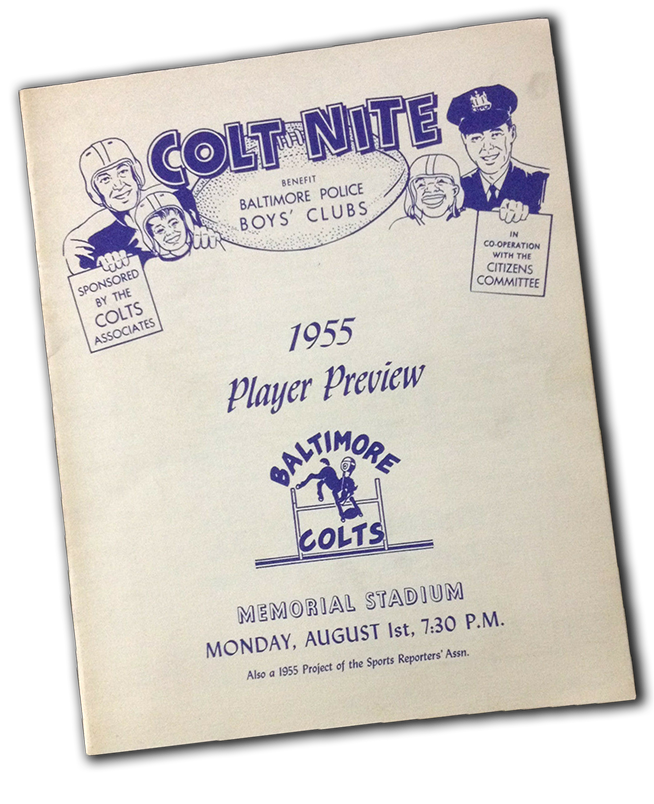

Please contact Det. Ret. Kenny Driscoll if you have any pictures of you or your family members and wish them remembered here on this tribute site to Honor the fine men and women who have served with Honor and Distinction at the Baltimore Police Department.
Anyone with information, photographs, memorabilia, or other "Baltimore City Police" items can contact Ret. Det. Kenny Driscoll at This email address is being protected from spambots. You need JavaScript enabled to view it. follow us on Twitter @BaltoPoliceHist or like us on Facebook or mail pics to 8138 Dundalk Ave. Baltimore Md. 21222
Copyright © 2002 Baltimore City Police History - Ret Det Kenny Driscoll
You May Like



 on land provided by the U. S Army at Fort Ritchie in Catoctin Maryland’s Mountains. The camps were extensions of the department’s work with the Boys Club. The founder of the camps was Captain William Heart, the first Commander of the Department’s Youth Division. When the Army Land was needed for military purposes in 1974 Commissioner Donald Pomerleau and the Buddies Inc. raised funds to buy an alternative site one route 23 at Deer Run in Harford County. The new location was named, Camp Walter Perkins for the founder of Buddies Inc.
on land provided by the U. S Army at Fort Ritchie in Catoctin Maryland’s Mountains. The camps were extensions of the department’s work with the Boys Club. The founder of the camps was Captain William Heart, the first Commander of the Department’s Youth Division. When the Army Land was needed for military purposes in 1974 Commissioner Donald Pomerleau and the Buddies Inc. raised funds to buy an alternative site one route 23 at Deer Run in Harford County. The new location was named, Camp Walter Perkins for the founder of Buddies Inc.





























